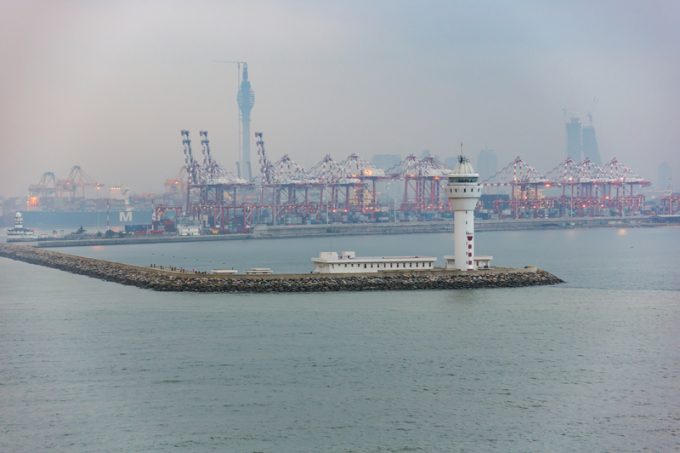Yards 'choked with boxes' as congestion returns to Colombo
A nagging capacity strain at Sri Lanka’s Colombo port, which caused considerable congestion issues in ...

Sri Lanka’s Colombo Port has had the highest growth rate in container volumes among leading global hubs this year, thanks to incremental gains from Red Sea-linked vessel diversions, according to new data.
Colombo logged a throughput increase of 23.6% year on year in H1 24, edging out California’s Long Beach, which reported a 23.3% rise in the same period.
One of Asia’s busiest container hubs, Colombo has box four facilities: Jaya Container Terminal (JCT); South Asia Gateway Terminal (SAGT); East Container Terminal ...
Latest strike will cause ‘massive' disruption at German airports
CMA CGM pledges $20bn investment to boost US supply chains
DHL Global Forwarding misses profit expectations, despite strong Q4
Asia-Europe FAK price hikes manage to halt 13-week rate decline
TPM: Shipper-carrier power pendulum now swinging towards liners

Comment on this article